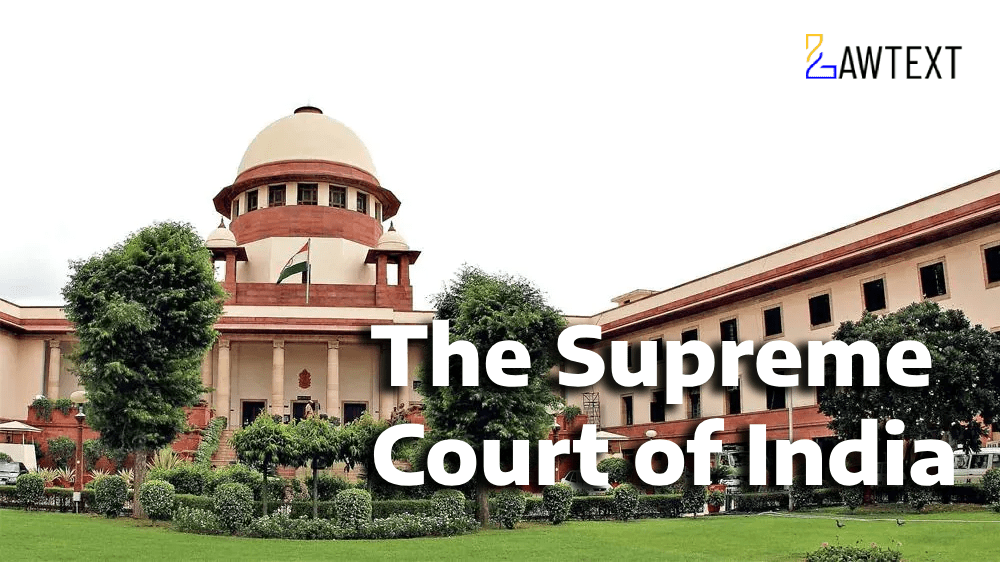CASE NOTE & SUMMARY
The Supreme Court resolved a dispute between New India Assurance Company Ltd. (NIACL) and Tata Steel Ltd. (formerly Bhushan Steel) concerning an insurance claim following a fire accident at Tata Steel's rolling mill. The judgment revolved around the calculation of depreciation and the insured's responsibility to comply with policy terms, particularly regarding the Reinstatement Value Clause. The Court upheld NIACL's method of calculating the claim based on a 60% depreciation rate, given the insured's failure to provide adequate documents for the reinstatement value basis.
Whether NIACL correctly applied a depreciation rate of 60% instead of 32% as recommended by the surveyor. The Court examined the validity of the Reinstatement Value Clause and the insured’s compliance with it, ultimately upholding NIACL's approach due to the insured's lack of evidence and documentation.
-
Background of the Case
- NIACL challenged the order of the National Consumer Disputes Redressal Commission (NCDRC), which had directed the insurance company to settle a claim based on 32% depreciation instead of 60%. Tata Steel appealed for a higher base figure calculation.
-
Facts and Procedural History
- Tata Steel (originally Bhushan Steel) claimed insurance for machinery damage following a fire. The insurance was for machinery valued at approximately ₹35.08 crores. The claim settlement dispute began when NIACL adjusted the claim based on a 60% depreciation rate.
-
Reinstatement Value Clause Debate
- The Court reviewed the Reinstatement Value Clause and concluded that it was part of the policy. However, since the insured failed to provide necessary details and documentation, the clause was rendered ineffective.
-
NIACL’s Approach to Depreciation
- NIACL chose to settle the claim on a depreciated value basis after the insured could not produce invoices and other critical information to substantiate a higher value claim. The Court found this method justified, given the lack of evidence from the insured.
-
Judgment of NCDRC and Its Reversal
- The NCDRC’s partial acceptance of Tata Steel’s claim was based on a lower depreciation rate. The Supreme Court found this decision erroneous and validated NIACL’s 60% depreciation rate as appropriate.
-
Legal Reasoning and Ratio
- The Court emphasized that insurance claims must be settled per the policy terms. It held that since the insured failed to comply with documentation requirements under the Reinstatement Value Clause, NIACL's calculation method was valid. The Court also cited previous judgments, such as Oswal Plastic Industries v. Manager, Legal Deptt N.A.I.C.O. Ltd., to reinforce the importance of compliance with policy conditions.
Acts and Sections Discussed
- Insurance Act, 1938, particularly Section 64UM(2): This section was referred to in explaining the insurer’s right to deviate from surveyors' recommendations if valid reasons are provided.
- IRDA (Protection of Policyholders' Interests) Regulations, 2002, Regulation 9(3): The regulation was analyzed in the context of whether the survey report adhered to standards.
Ratio of the Case
The insured must comply with all policy conditions and provide necessary documentation for claim settlement under a Reinstatement Value Clause. Failure to comply justifies the insurer in opting for an alternative method, such as depreciation-based settlement, particularly when supported by expert surveyors' reports.
Subjects:
Insurance Law, Consumer Disputes
Insurance, Depreciation, Reinstatement Clause, NCDRC, Policy Compliance.
Citation: 2024 LawText (SC) (4) 303
Case Number: CIVIL APPEAL NO. 2759 OF 2009 Civil Appeal No. _______ of 2024 (@ SLP (C) No. 10001 of 2009) C.A. Nos. 5242-5243 of 2009
Date of Decision: 2024-04-30
Case Title: New India Assurance Company Ltd. Through its Manager Versus M/s Tata Steel Ltd.
Before Judge: (Surya Kant J. , K.V. Viswanathan J. )
Appellant: New India Assurance Company Ltd. Through its Manager
Respondent: M/s Tata Steel Ltd.

